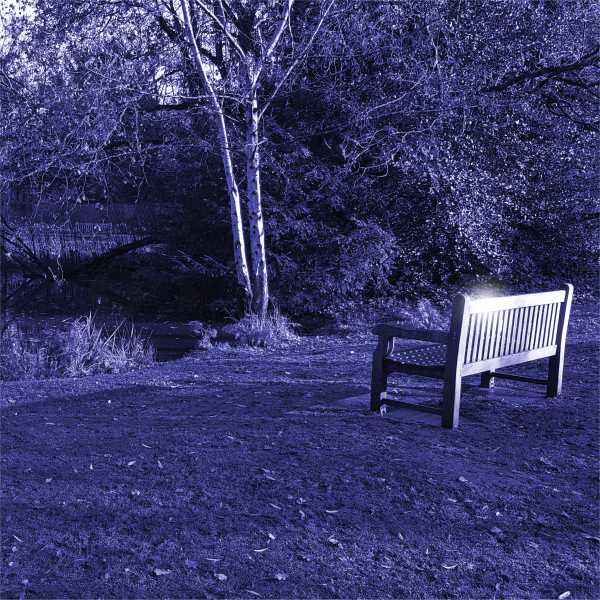
We all experience stress. The research tells us that around 80% of all visits to the doctors are stress-related. Stress can cause physical health issues like headaches, high blood pressure, heart problems as well as psychological ones like depression and anxiety. At work, stress is the third most common cause of workplace absence and contributes to over eleven million lost working days a year in the UK.
Stress is the automatic way that our body tries to cope when we’re under pressure. This is when the fight-or-flight response triggers the sympathetic nervous system to raise our heart and breathing rate and releases potentially harmful hormones like adrenaline and cortisol. We also experience tension in our body as our muscles get ready for action.
So why do we get stressed and what can we do about it?
To answer why we get stressed, we need to go back to our nomadic forager ancestors who spread out of Africa around 60,000 years ago. Although smartphones and cars tend to be updated with new and better models, apart from being less fit and having a less healthy diet, our bodies are just about the same as they were all those years ago. Although the fight-or-flight response was a useful reaction to an immediate threat for our ancient ancestors, in our modern overloaded work and personal lives, it can literally be the death of us, as the stress response is almost constantly stimulated with micro-stressors. Examples of micro-stressors include being let down by a colleague on a deadline you committed to, finding that you’ve been misunderstood, or receiving a confrontational email. We also accumulate stress because most of us are not that good at managing stress as it arises.
Of course, there is also positive stress, which is an appropriate and useful response for improving our performance. Similar to professional tennis players or racing drivers, we sometimes need a bit of challenge and pressure to get things done and perform well. It’s when the physiological symptoms of stress build up that they become harmful.
In the late 1960s and early 70s, the US professor and doctor, Herbert Benson, carried out research on people who meditated, which led to the development of the Relaxation Response. The relaxation response triggers the parasympathetic nervous system, which rebalances the stress response and reverses the physiological effects of stress.
The relaxation response is about relaxing the body and mind and can include focusing on the breath, sounding a word or mantra, massage, and progressive muscle relaxation. So, there are many similarities between the relaxation response and secular mindfulness techniques. It’s interesting that secular mindfulness was initially developed for treating people with chronic stress.
A mindful way of stimulating the relaxation response includes:
- Being aware of what’s going on for us by acknowledging thoughts, emotions, and physical sensations in the body that relate to stress.
- Focusing on the breath to settle our thoughts and calm strong emotions.
- Then systematically relaxing and releasing any tension and tightness in the body.
Life can be stressful. Unfortunately, if we participate in the modern world, sometimes there’s no way of avoiding stressful situations. We can use mindfulness and relaxation response techniques to work with and reduce the physical and psychological impacts of stress. This means being more aware of stress as it arises and practising these techniques to allow agitation, tension, and tightness to dissolve, which improves our health, wellbeing, and performance.
Suggested weekly practice
- Remember to watch out for the symptoms of stress arising in the body. This could be noticing tightness and tension appearing and feeling your body bracing in readiness.
- Rather than resisting or avoiding, try fully accepting whatever arises, embracing reality as it really is, even if it seems unpleasant.
- If stress arises, practice the relaxation response as soon as you can. For instance, take a break, get some fresh air, take some long deep breaths, and look up at the sky as you work through the process.
Guided practice
Find somewhere undisturbed, sit in a comfortable, dignified and upright posture, where you can remain alert and aware. You can close your eyes, or lower your gaze while the meditations play.
- Play the first settling practice, then read through the session content, which you can print off if that helps.
- Then play the second practice to stimulate the relaxation response.
Share on
